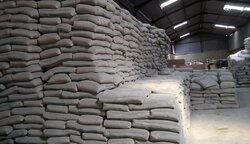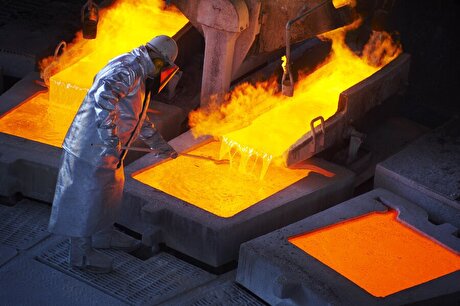
Cement Industry Remains Stuck
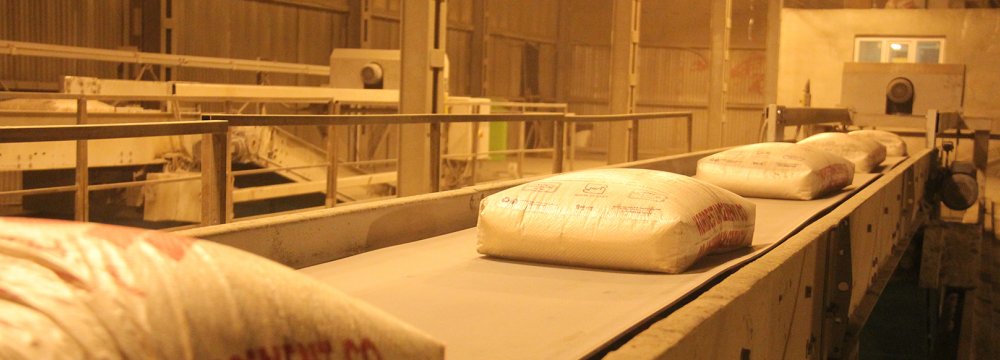
Demand is at sticky lows, overcapacity is rampant and underperforming plants have trouble clearing their debts. What’s to be done?
The Tehran Chamber of Commerce, Industries, Mines and Agriculture is struggling to find an answer through sessions held by its Industries and Mining Commission. The commission’s members, representing the private sector, are even prepared to give up on the business, if things do not take a turn for the better.
“Considering the industry’s deep troubles and the private sector’s problems, we are willing to hand over our production plants to the government,” said Mohammad Atabak, the head of board of directors of Cement Employers Association.
Production and exports have consistently dropped for the past few years. Latest statistics indicate that clinker and cement production fell 2.8% and 3.04% to 29.5 and 28.2 million tons respectively during the first half of the current fiscal year (March 21-Sept. 22) year-on-year. The downturn in clinker shipments is insignificant, yet cement shipments have dropped more than 22% YOY to 3.05 million tons.
Accordingly, Iran’s rank dropped from the world’s fourth largest cement producer and second exporter in 2014 to the sixth and third in 2016. CEA’s forecasts show that by the end of the next fiscal year (March 2018-19), Iran will slide further to the eighth rank in exports and lose its edge to its archrival Turkey.
Per capita cement usage also remained unchanged compared to last year’s 600 kilograms, hinting at a still-lingering overcapacity.
Amid all this, the producers’ accumulated debt is rubbing salt into their wounds.
According to Atabak, the industry started its capacity expansion in 2005 to meet the demands of the ever-growing construction market. What made expansion possible were state incentives for development paid mostly in US dollars.
But things eventually slowed down. Demand for construction materials, especially cement, plummeted as construction market was saturated and the forex crisis of 2011 made USD spike against rial.
Before the ongoing slump hit the sector, Iranian cement producers experienced a seven-year boom owing to the ill-famed “Mehr Housing Scheme”–a large-scale construction program initiated in 2007 by the former administration to provide two million low-income people with housing units through free land and cheap credit.
The plan buoyed demand for all construction materials and prompted unrestrained capacity-making by the government. The scheme’s progress slowed down, however, due to lack of funding, dragging down domestic demand for construction materials.
The US dollar was relatively stable at 10,000 rials during 2005-10, until it surged in the next three years to over 30,000.
“Cement producers, who were borrowing USD back in the industry’s heydays, now have to repay their debts at the very least based on the 2011 levels,” Atabak said, adding that the industry is holding talks with the government to ease the burden.
Overcapacity: Main Issue
A solution to the industry’s woes could be what China is following in its steel industry: removing all the excessive, inefficient production capacity, says Bahador Ahramian, a member of board at TCCIM with stakes in the steel and iron ore industries.
“It appears that the current condition of the cement sector is somehow the future of steel industry,” said Ahramian.
The official was seemingly pointing to the Iranian steel industry’s ambitious expansion program to reach 55 million tons of crude steel capacity by the end of 2025, and how lack of robust demand in the market might force it to suffer the same predicament as cement industry.
“Let us assume that the government would allow cement plants to repay their debt at the USD rates of 9,000 rials. Even then, there will eventually be debt-free plants with no market to produce for. It seems that the industry’s main issue is overcapacity, not debt,” he said.
Ahramian suggests that the industry should shut down at least 10% of its excess capacity and consider merger into bigger units to boost efficiency and competitiveness.


Trump weighs using $2 billion in CHIPS Act funding for critical minerals

Codelco cuts 2025 copper forecast after El Teniente mine collapse

Electra converts debt, launches $30M raise to jumpstart stalled cobalt refinery

Barrick’s Reko Diq in line for $410M ADB backing

Abcourt readies Sleeping Giant mill to pour first gold since 2014

Nevada army depot to serve as base for first US strategic minerals stockpile

SQM boosts lithium supply plans as prices flick higher

Viridis unveils 200Mt initial reserve for Brazil rare earth project
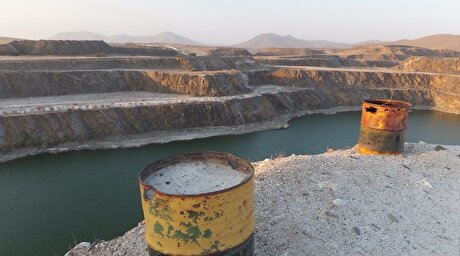
Tailings could meet much of US critical mineral demand – study
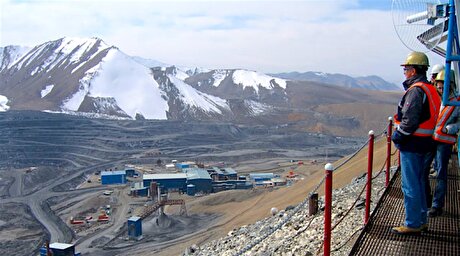
Kyrgyzstan kicks off underground gold mining at Kumtor
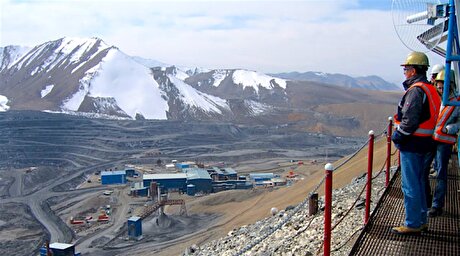
Kyrgyzstan kicks off underground gold mining at Kumtor

KoBold Metals granted lithium exploration rights in Congo
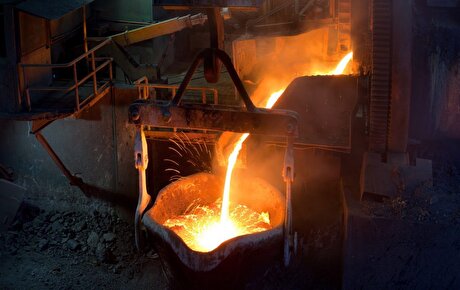
Freeport Indonesia to wrap up Gresik plant repairs by early September
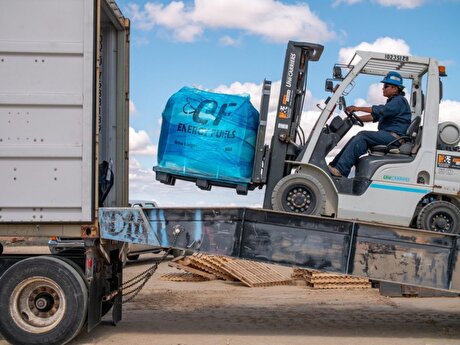
Energy Fuels soars on Vulcan Elements partnership
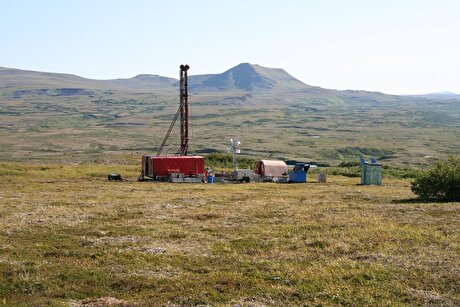
Northern Dynasty sticks to proposal in battle to lift Pebble mine veto

Giustra-backed mining firm teams up with informal miners in Colombia

Critical Metals signs agreement to supply rare earth to US government-funded facility

China extends rare earth controls to imported material
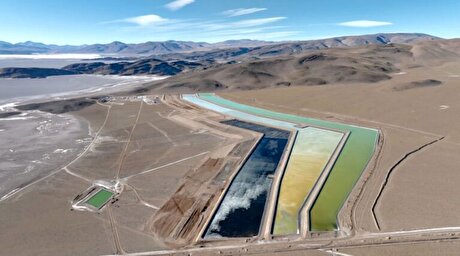
Galan Lithium proceeds with $13M financing for Argentina project

Kyrgyzstan kicks off underground gold mining at Kumtor

Freeport Indonesia to wrap up Gresik plant repairs by early September

Energy Fuels soars on Vulcan Elements partnership

Northern Dynasty sticks to proposal in battle to lift Pebble mine veto

Giustra-backed mining firm teams up with informal miners in Colombia

Critical Metals signs agreement to supply rare earth to US government-funded facility

China extends rare earth controls to imported material

Galan Lithium proceeds with $13M financing for Argentina project

Silver price touches $39 as market weighs rate cut outlook

